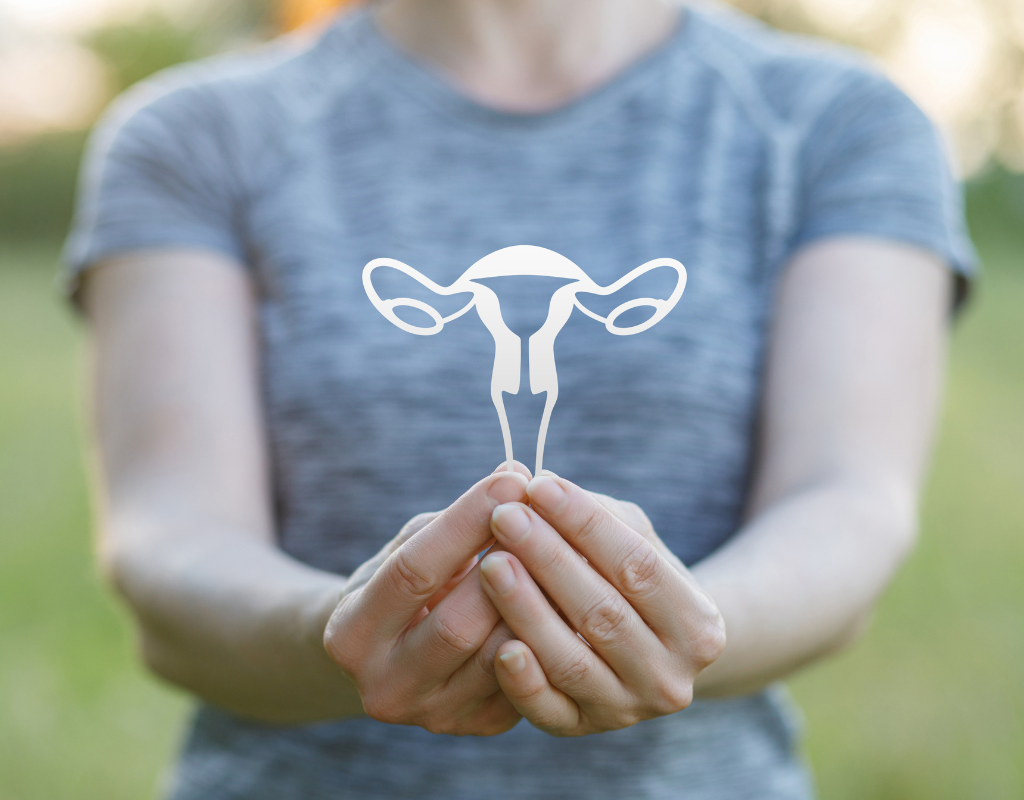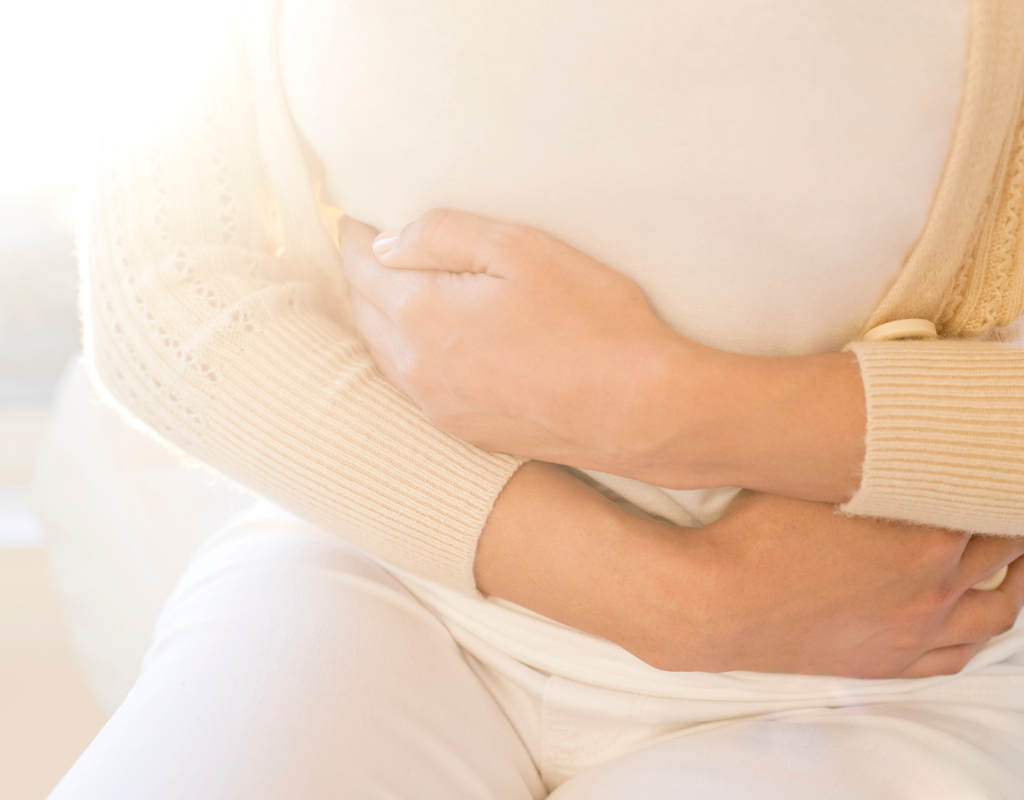As women age, they may start to notice changes in their bodies. Two common conditions that can occur are uterine polyps and fibroids. While these two conditions may have similar symptoms, they are actually quite different.
Uterine polyps and fibroids are two of the most common conditions that affect the uterus. Though they share some standard features, there are some important differences between them. In this blog post, we will discuss these differences in detail so that you can better understand them both. We will also provide information about the symptoms and treatment options for each condition.
Uterine polyps are small, benign growths that form on the lining of the uterus. They are usually less than 1 cm in size. Uterine polyps are small, harmless growths that form on the inner lining of the uterus (the endometrium). They are usually round or oval-shaped and range in size from a few millimeters to several centimeters. Uterine polyps are relatively common, especially in women over age 40.
In most cases, they cause no symptoms and don’t require treatment. Fibroids, on the other hand, Fibroids are also benign growths, but they develop within the muscle tissue of the uterus rather than the endometrium. Fibroids can vary greatly in size, from very small (less than a centimeter) to large (several centimeters or more). They’re also much more common than uterine polyps.

Most uterine polyps are asymptomatic and do not cause any problems. However, some women may experience bleeding between periods or after menopause. In rare cases, uterine polyps can become cancerous. Fibroids, on the other hand, can cause a number of symptoms including
- Heavy menstrual bleeding
- Pelvic pain
- Frequent urination
- Constipation
- Infertility
- Difficulty emptying your bladder
- Constipation
- Backache or leg pain
It is important to note that not all women who have uterine polyps or fibroids will experience symptoms. In many cases, these growths are discovered during a routine pelvic exam or ultrasound. If you do not experience any symptoms, your doctor may simply monitor the growth periodically with imaging tests. Treatment is typically only necessary if the growths become large enough to cause symptoms or if they are suspected of being cancerous.
Common symptoms of uterine polyps include:
- Abnormal bleeding between periods or after menopause
- Prolonged or heavy menstrual bleeding
- Spotting or bleeding after intercourse
- Pelvic pain or pressure
While both uterine polyps and fibroids are benign growths, there is a small risk that fibroids can become cancerous. Therefore, it is important to see a doctor if you experience any symptoms. If you have been diagnosed with either uterine polyps or fibroids, your doctor will likely recommend regular check-ups and may prescribe medication to help with symptoms. Surgery is also an option for treating both conditions. both uterine polyps and fibroids can cause similar symptoms, there are some key ways to tell them apart.
Uterine polyps are smaller growths that typically form on the inner lining of the uterus (the endometrium). Fibroids, on the other hand, are larger growths that develop from the muscle tissue of the uterus (the myometrium). Fibroids can also grow attached to the outer uterine wall or even inside the uterine cavity.

Another key difference is that while uterine polyps are usually benign (noncancerous), fibroids can be either benign or cancerous. However, both types of growths may cause problems if they become large enough to distort the shape of the uterus or block the cervix or fallopian tubes. Polyps and fibroids can also interfere with pregnancy by increasing the risk of miscarriage or premature labor.
If you have any symptoms that may be caused by uterine growths, such as abnormal bleeding or pelvic pain, it’s important to see your doctor for a diagnosis. Once the cause of your symptoms is determined, your doctor will develop a treatment plan that’s right for you. In some cases, no treatment is necessary if the growths are small and cause no symptoms. If the growths are larger or causing problems, however, various treatments are available.
Uterine polyps and fibroids are both common conditions that can cause abnormal bleeding and other problems. Although they have some similarities, there are also several key differences between these two conditions. It’s important to be aware of these differences so you can get the appropriate diagnosis and treatment.

If you think you may have uterine growth, it’s important to see your OBGYN for an evaluation. They will likely perform a pelvic exam and may also recommend ultrasounds or other imaging tests to get a better look at the growths. Once diagnosed, treatment options will depend on the size and location of the growths, as well as your symptoms. If they’re small and not causing any problems, no treatment may be necessary.
In conclusion, the main difference between uterine polyps and fibroids is their size and symptoms. Uterine polyps are small growths that typically do not cause any symptoms. Fibroids, on the other hand, are larger growths that can cause a variety of symptoms. Both conditions are benign and can be treated with medication or surgery.
Schedule Your Consultation Today
At Poplar Avenue Clinic, we strive to curate treatment plans that cater to your needs to diagnose and cure fibroids or polyps. Countless women have found relief through our treatment plans. Contact us if you relate to the symptoms and believe that a thorough medical treatment can pave the path to good health.

